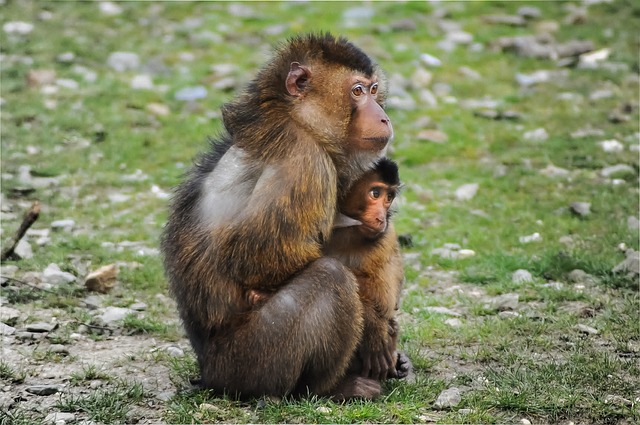By Dr Steven White
Griffith Law School
Issues of animal protection continue to command significant attention in a crowded national policy and political agenda. The harm experienced by animals exported live to south-east Asia and the Middle East is regularly highlighted in investigative exposés, most recently in April of this year when 60 Minutes screened undercover footage from an export ship transporting sheep to the Middle East. This footage was the first obtained from a ship in transit, and the horrific scenes garnered world-wide attention. Predictably, much concern was expressed by the political class about the suffering experienced by the sheep, and governmental reviews initiated amid ministerial commitments to do better. This response reflects an all too familiar pattern. An expose a few years earlier, concerning the killing of Australian cattle in Indonesian abattoirs, had so shocked the country that tens of thousands of Australians rallied around the country calling for an end to live export. Reviews were conducted and ‘reforms’ implemented. The story also prompted a temporary ban on export to Indonesia, prompting disaffected cattle farmers to commence class action litigation in the Federal Court of Australia against the then minister, a matter still to be resolved (see Brett Cattle Company Pty Ltd v Minister for Agriculture, Fisheries & Forestry, NSD1102/2014, 27 October 2014). Despite the unceasing examples of the harms imposed on exported animals, the current federal government has ruled out a phased end to the trade.
Another animal protection issue garnering significant public attention exploded in 2015 when the Four Corners program screened footage of the extensive use of live animal baiting in the greyhound racing industry, highlighting the participation and/or complicity of senior industry figures. This led to criminal prosecution of some individuals. More broadly, responses included a short-lived proposed ban of the industry by the NSW Government, a complete re-structure of the broader racing industry in Queensland and, earlier this year, a racing ban in the ACT. Free range farming is another issue often commanding the interest of the media, in part because of a series of actions brought by The Australian Competition and Consumer Commission (ACCC) against producers and sellers making misleading claims about the free-range status of their meat or egg production. The plight of wild animals also regularly evokes public concern, including the mass killings of kangaroos, the treatment of ‘feral’ animals such as wild horses, and the suffering and death of species experiencing habitat loss, such as the koala.
These issues, and the many more which could be listed, suggest that current animal protection regulation is not fit for purpose. In the face of this failure, novel legal approaches seeking to advance the interests of animals catch the headlines. For example, the Nonhuman Rights Project in the United States is engaged in litigation seeking common law recognition of animals as legal persons. Other jurisdictions, including South America, India and New Zealand, have recognised elements of nature, such as river systems, as legal persons. In Australia, the response is likely to be more prosaic. There is significant political consensus emerging on the need for an independent office of animal welfare, whether at the federal or state level, moving administrative responsibility for animal protection away from conflicted agencies such as departments of agriculture. As well, there is increasing recognition that the triple demands of animal welfare, environmental protection and health promotion intersect, creating the potential for powerful coalitions challenging prevailing practices which impose cruelty on animals, and which harm our environment and our health. Importantly, contesting established harmful practices found in industries such as commercial animal farming cannot just be a matter for ‘consumer’ action. Institutional responses entrenching shared citizenship norms and providing actionable regulation are critical.
Some of these matters are examined in an upcoming special issue of the Alternative Law Journal. The special issue follows an animal law conference hosted by the Law Futures Centre (LFC) in November 2017, funded through the Law and Nature Program (a summary of the conference proceedings can be found here). The December 2018 special issue (volume 43(4)) will feature a series of articles addressing governance of human-wildlife conflict (by PhD candidate Katie Woolaston, a member of the LFC’s Law and Nature Program); potential reform of farm animal protection regulation in Australia (by Steven White, also a member of the LFC’s Law and Nature Program); representations of animals in film and their relation to law (by Griffith Law School alumnus Michelle Gunawan); regulation of animal welfare, with a focus on free range labelling (by Professor Christine Parker et al, University of Melbourne); and recent significant changes to New Zealand animal welfare regulation (by Marcelo Rodriguez Ferrere, University of Otago).
